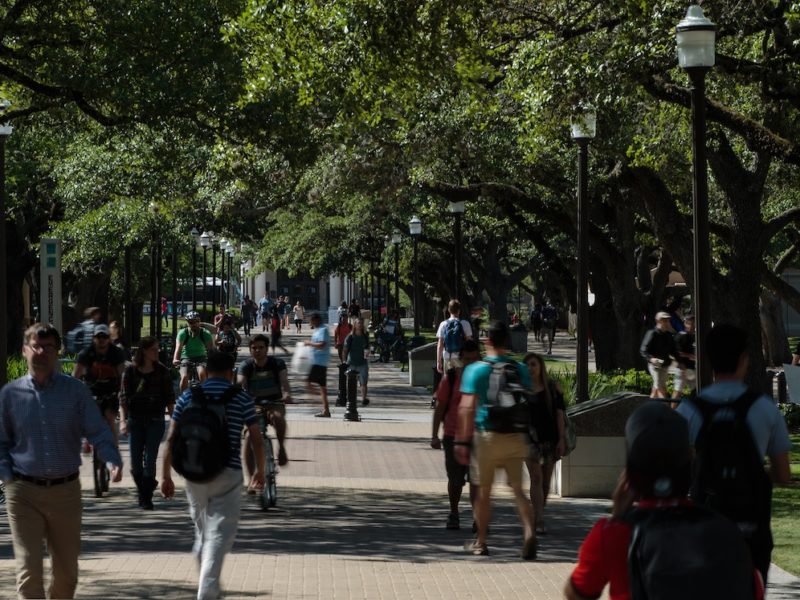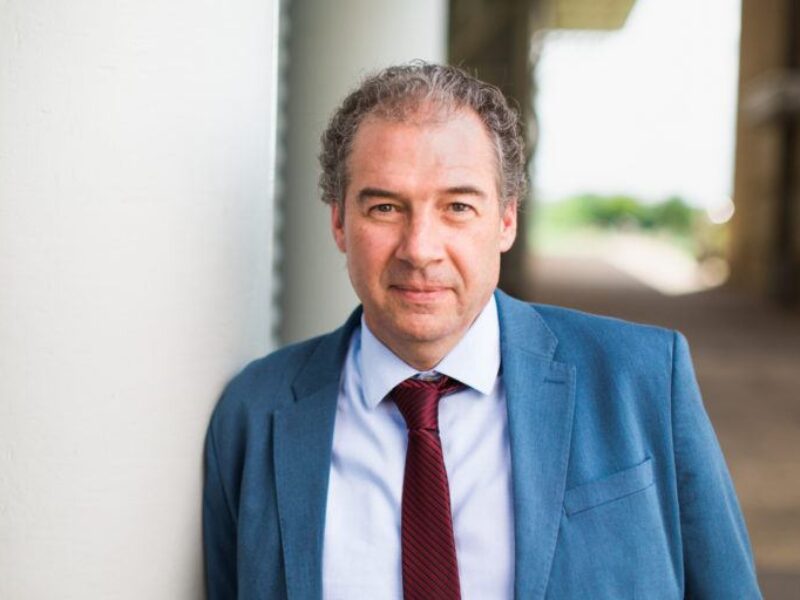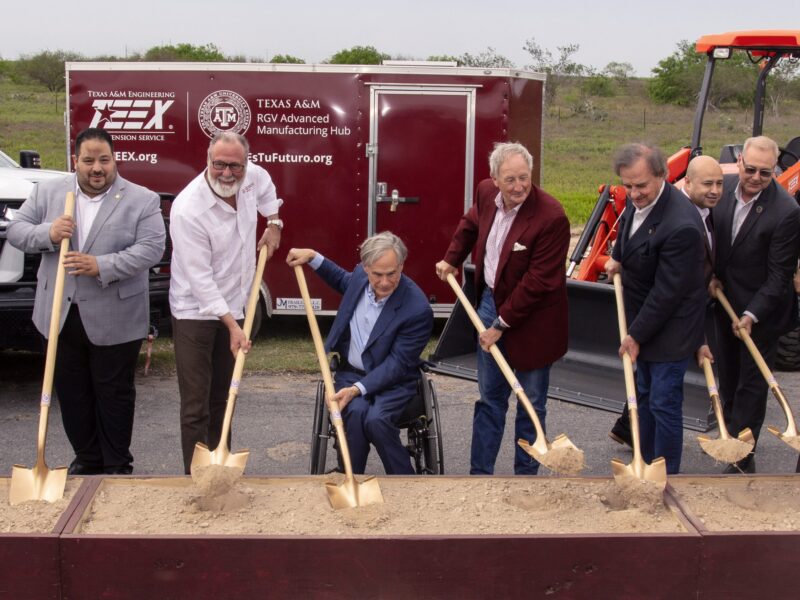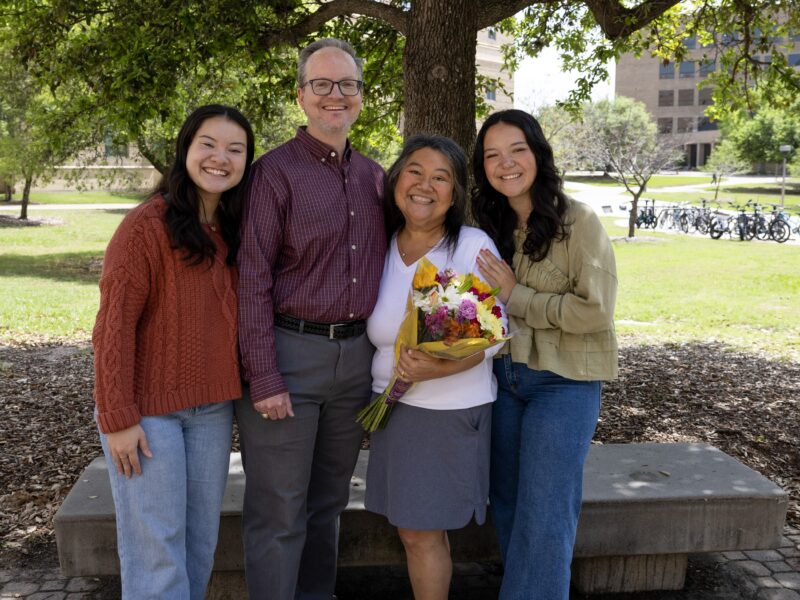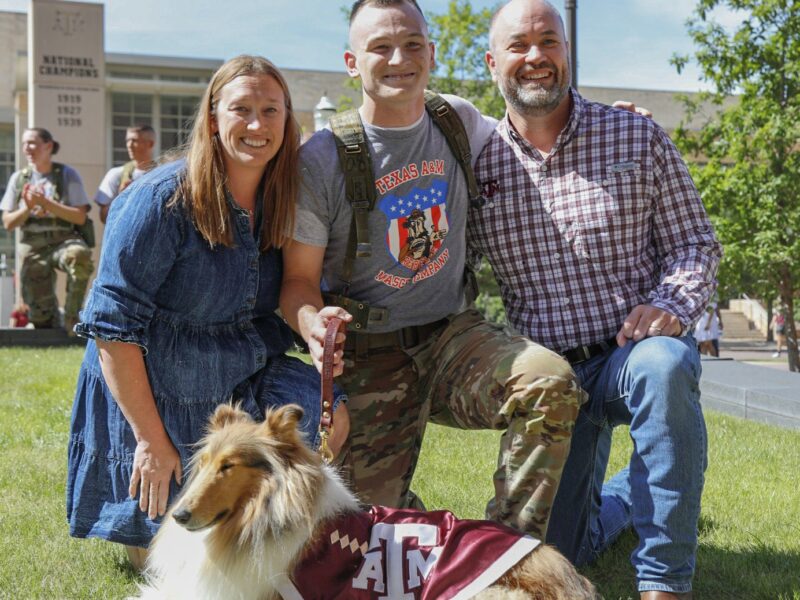Texas A&M CIADM Tapped To Develop Anthrax Vaccine
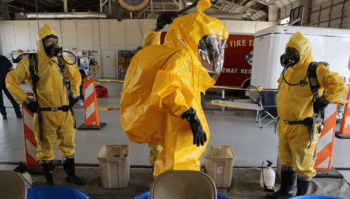
The Texas A&M Center for Innovation in Advanced Development and Manufacturing (CIADM), dedicated to developing and manufacturing drugs and vaccines for emergencies, will produce an intranasal anthrax vaccine candidate under a task order issued by the U.S. Department of Health and Human Services (HHS). This is the first task order issued to the Texas A&M center and will enhance protection from anthrax disease.
Under the 18 month, $10.49 million task order from HHS’ Biomedical Advanced Research and Development Authority (BARDA), the Texas A&M CIADM, located in College Station, Texas, will begin advanced development and manufacturing activities for Altimmune’s NasoShield™ vaccine candidate, a third generation anthrax vaccine.
“Texas A&M has a long tradition of dedicated service to our state and nation,” said John Sharp, chancellor of The Texas A&M University System. “Ultimately, efforts at Texas A&M, including our work on an anthrax vaccine, build upon that tradition and put Texas A&M at the forefront of biosecurity and preparedness, leading the way to a safer future for all.”
The Texas A&M facility is one of three CIADMs—and the only academically-based center—established as public-private partnerships with BARDA in 2012 to enhance the nation’s emergency preparedness against emerging infectious diseases, including pandemic influenza, and chemical, biological, radiological and nuclear threats. The CIADM is founded on a $285.6 million public-private partnership, including $176.6 million in funding from HHS, with the remainder cost-shared by commercial and academic partners, as well as $40 million from the state of Texas Emerging Technology Fund.
“Texas A&M is committed to achieving global health security and improving the nation’s biodefense,” said Gerald Parker, DVM, Ph.D., associate vice president for public health preparedness at Texas A&M Health Science Center. “Forging novel partnerships with the federal government and leveraging expertise of world-leading, innovation-driven commercial partners is one example of Texas A&M’s leadership in service for public health preparedness.”
Continue reading on Vital Record.
This article by Holly Shive originally appeared in Vital Record.

